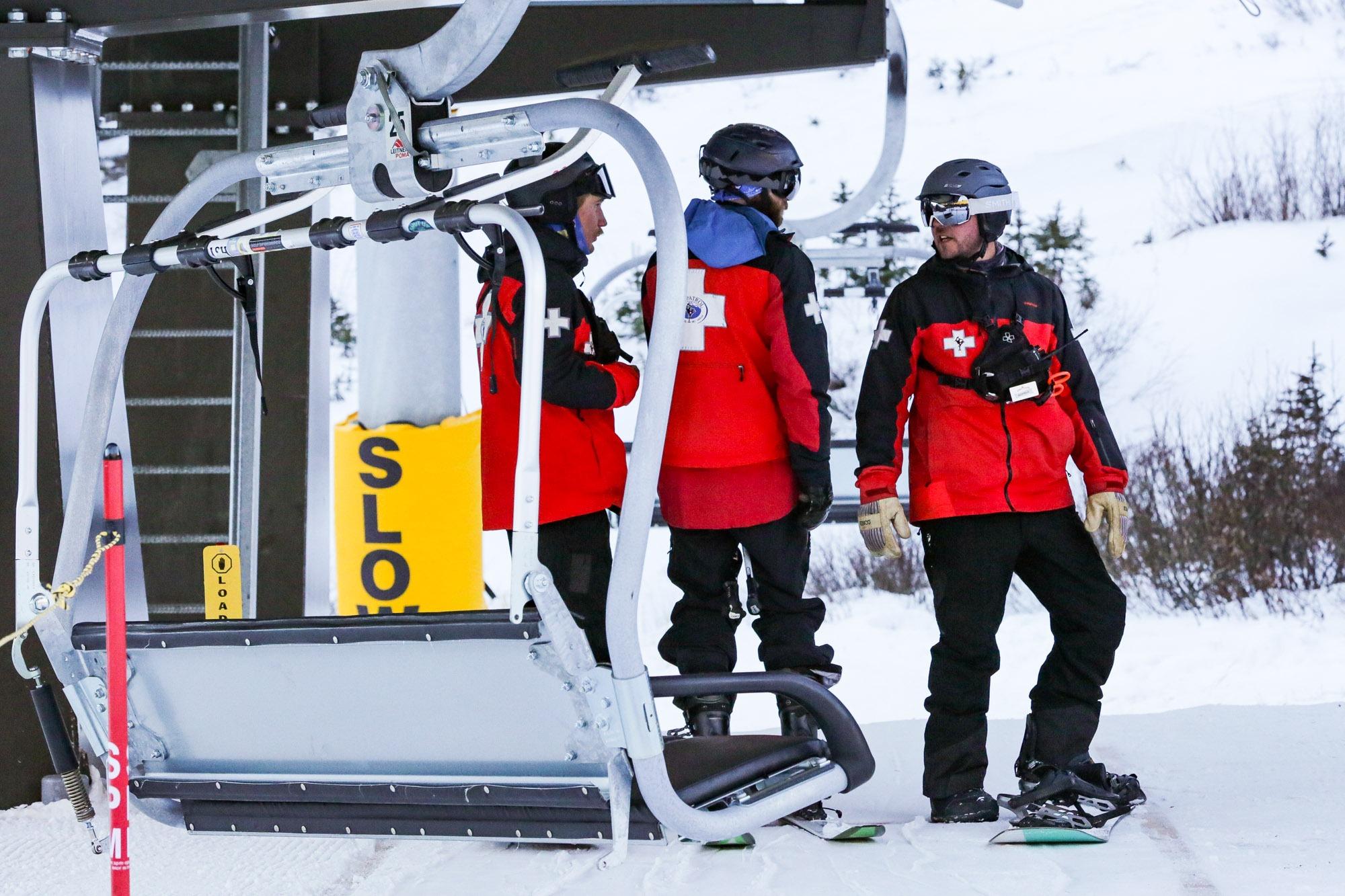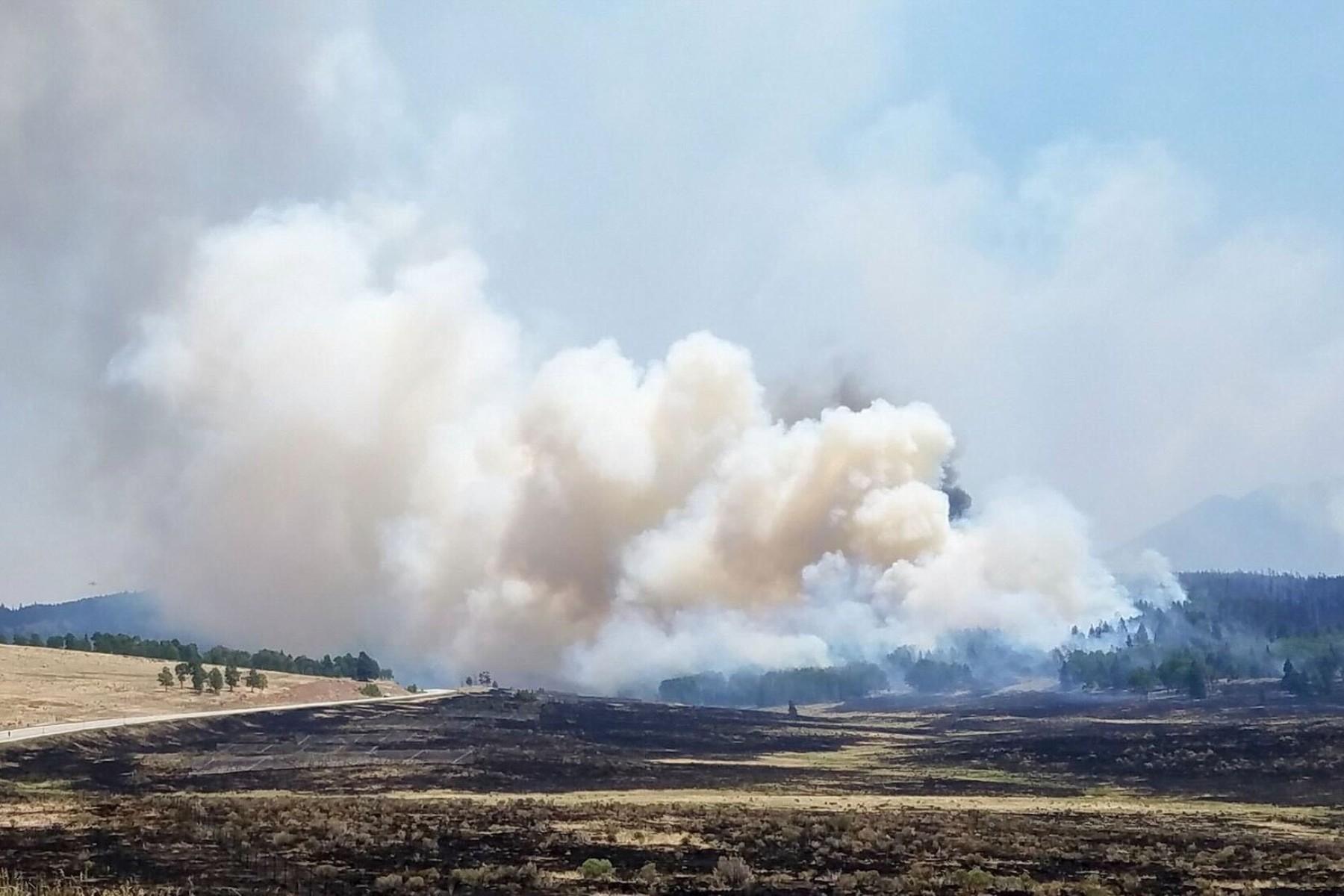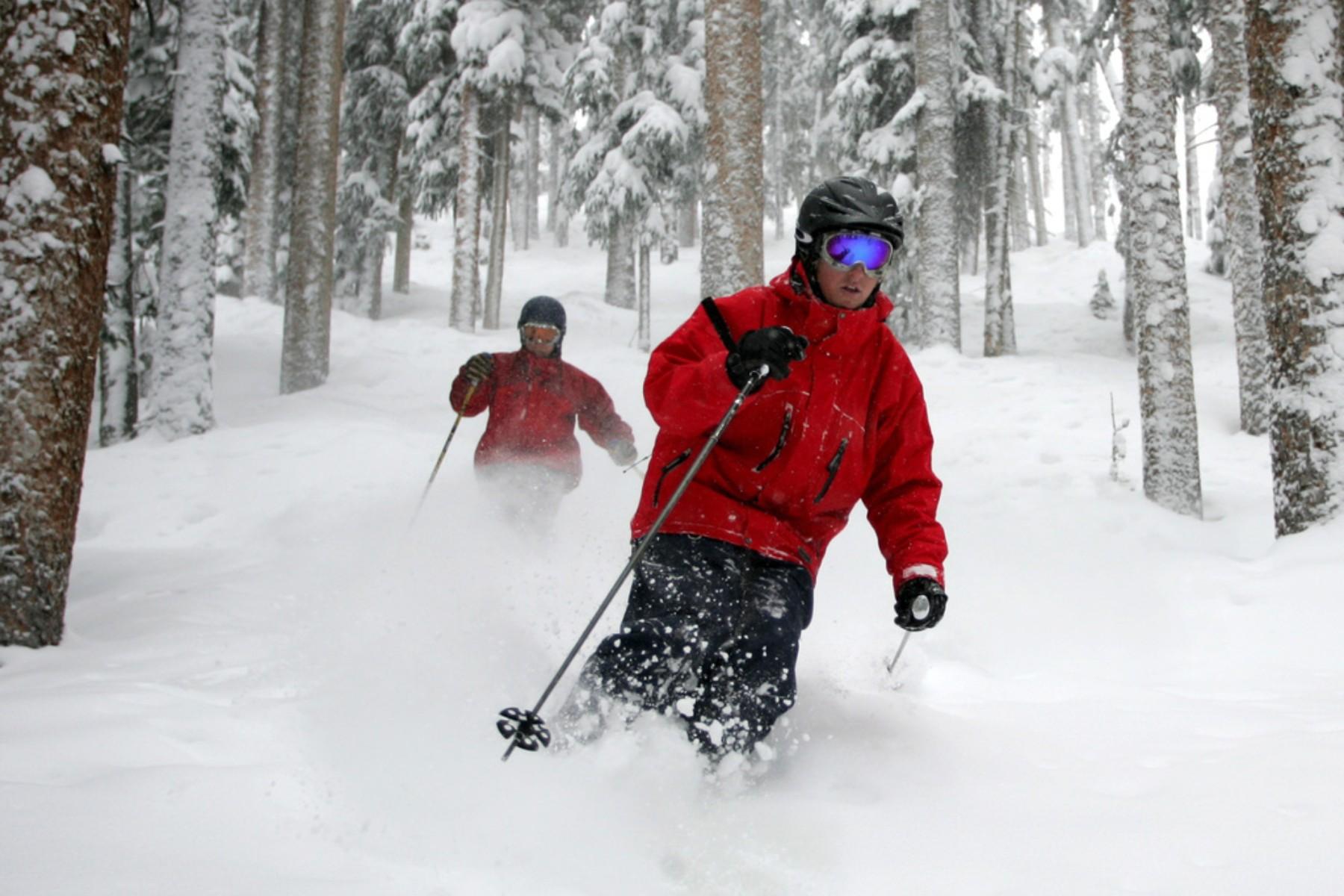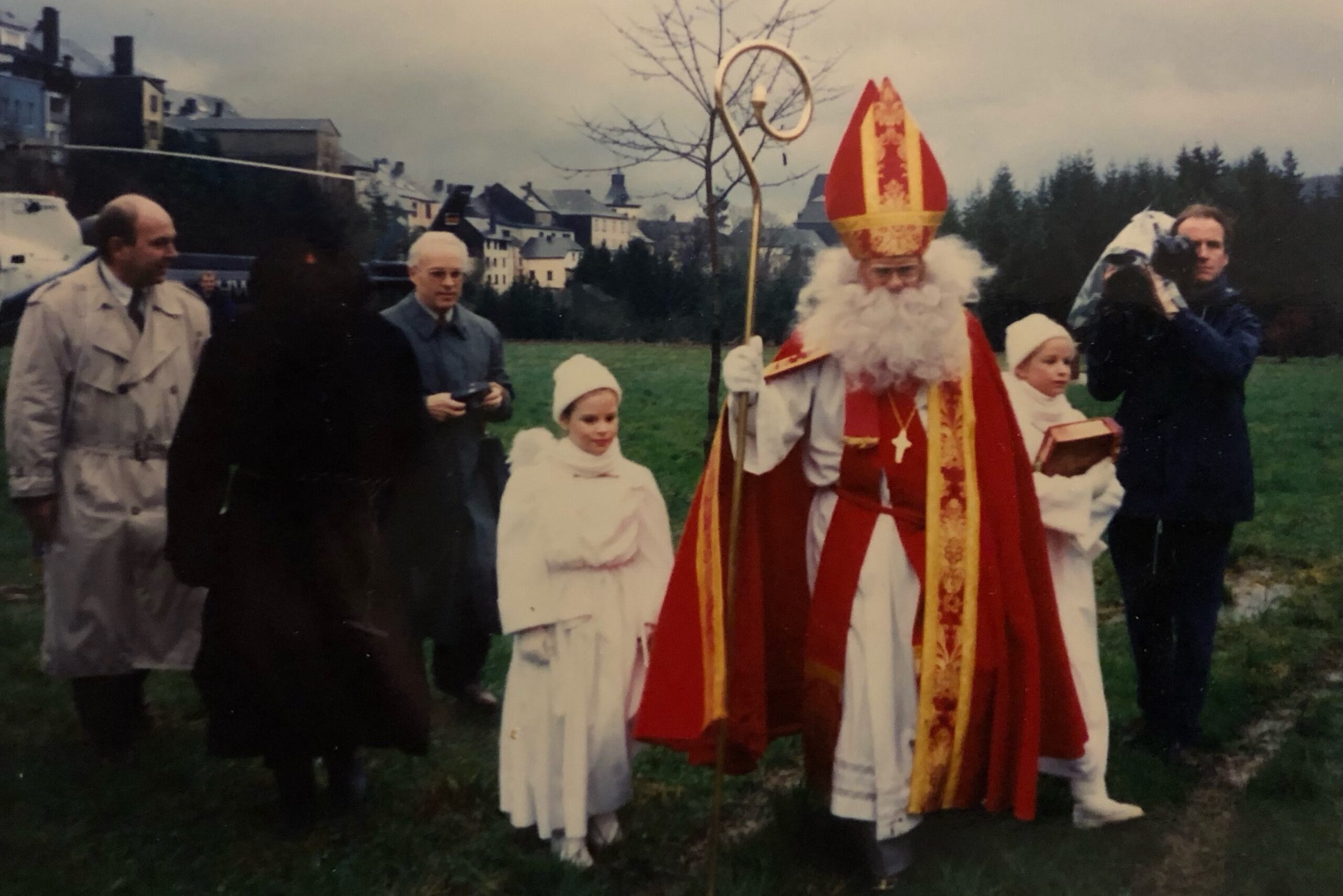
The days were cold and hard in Luxembourg in December 1944.
Residents of the tiny town of Wiltz had just been liberated after more than four years of brutal German occupation.
Members of the U.S. Army’s 28th Infantry Division were in town, resting and recuperating after weeks of fierce battle in a nearby forest. Among them was a bespectacled young corporal named Richard Brookins.
One of the Americans came up with an idea: They’d throw a party for their hosts and Brookins would play St. Nicholas, a cherished holiday character in Luxembourg.
Fast forward eight decades. With the exception of a couple of years, while they rebuilt after the war, the people of Wiltz have held a celebration every year in honor of the man they still call the American St. Nick.
Until he died, in 2018, Brookins often went back to reprise his role.
“That party, it was amazing to them,” his son, Don Brookins, said. “They will never, ever, forget it. They promised they never will.”
A ‘reluctant’ St. Nick
Don is a retired television videographer who lives in Broomfield. He said the idea for the party started with his dad’s roommate, Harry Stutz, who had befriended some of the townspeople. They told him about Luxembourg’s version of St. Nicholas, known as Kleeschen, a kindly old man who brings sweets and gifts to little ones on a night in early December.
The Germans hadn’t let the people of Wiltz celebrate St. Nicholas during the occupation. Some of the children in the town had never had a visit from Kleeschen. Stutz decided the soldiers would help revive the tradition so he started planning a ceremonial parade and mustered the troops to empty their care packages from home to provide candy for the kids.
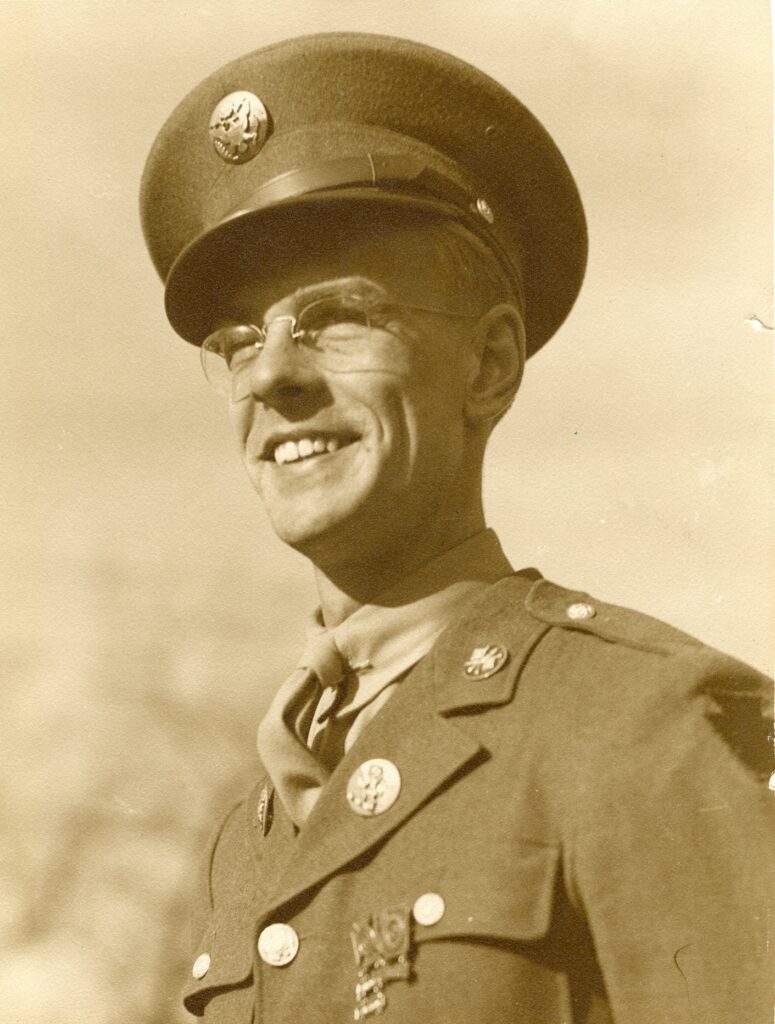
“It was kind of a kick for the soldiers because they really chipped in everything they had,” Don said. “I think the party was as much for them as it was for the kids. They needed a little boost. It kind of came together.”
Came together, that is, except for Kleeschen’s costume. Like the American Santa, Kleeschen is a grandfatherly guy with a white beard – but in Luxembourg, he wears a bishop’s high, pointed miter and carries a staff. The local bishop, who was tall, offered up his vestments. Stutz looked up at Brookins, decided that the robes would fit, and asked him to play the role.
Brookins had no idea what St. Nicholas was supposed to do, his son said.
“He reluctantly agreed and he showed up at the (local) castle. There were a bunch of nuns there kind of giggling and starting to dress him up in the vestments, and they had a miter hat for him and a cane and a staff, and then a rope beard, a very uncomfortable, very scratchy rope beard that they threw together. It wasn't a very comfortable costume but it didn’t take him long to start having fun with the kids,” Don said.
Brookins got in the back seat of a Jeep. Two local girls, dressed as angels, sat on either side of him. They visited a couple of schools and then drove to the party. By happenstance, a couple of military photographers in town on assignment spotted the goings-on and shot film. Their raw, silent footage of the celebration was featured in a documentary.
The film shows the crowd, mostly women and children because the men were at war, smiling and waving as they greeted St. Nick.
Corporal Brookins didn’t speak Luxembourgish so there wasn’t much conversation. but, as he later told a documentary producer, “I patted the kids on the head and chucked them under the chin … and smiled.”
The Luxembourgers loved it all.
“Here comes a bunch of people from another continent who came … (to save) them and that alone was amazing for them,” Don said. “But then on top of it, to have a party. They weren’t given that kind of courtesy by their, what would you call them, their captors. So they were pretty blown away by this event and that’s what made them decide it was going to be part of their culture from then on, the commemoration of that event, even though it was a tiny party.”
The Reunion
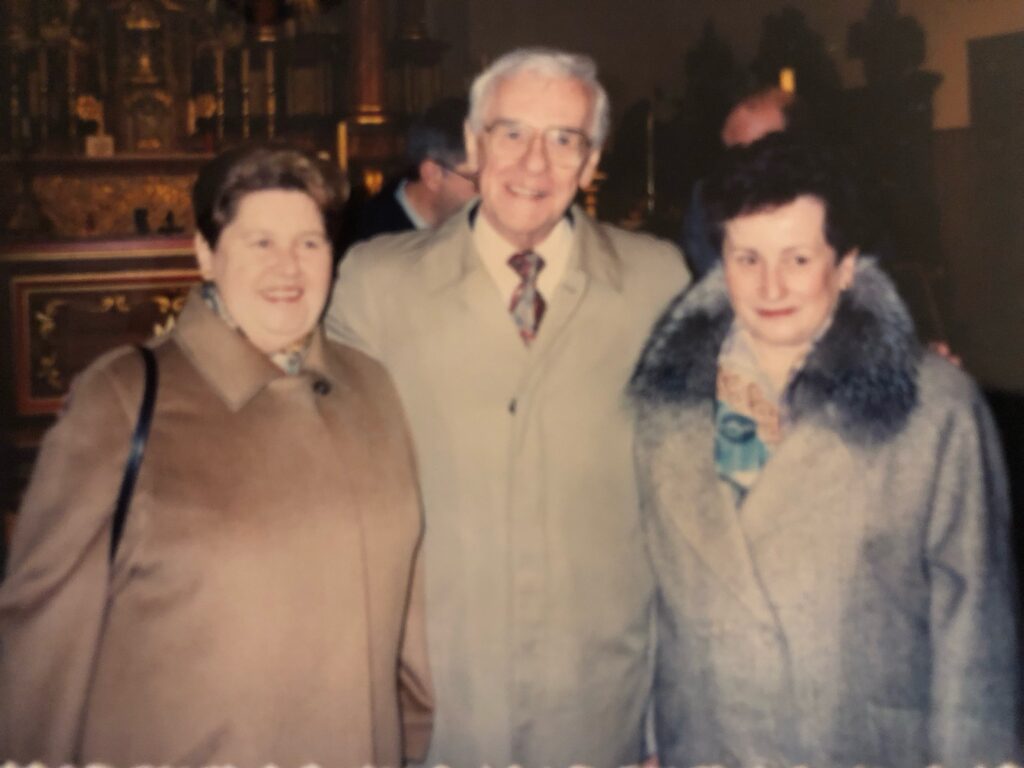
Sadly, the joy in Wiltz didn’t last long, the Battle of the Bulge began just a few days later and the Germans overran the town again. The Americans, seeking to reclaim the territory, bombed Wiltz and nearly destroyed it.
Brookins fought in the Battle of the Bulge and when the war ended he returned to Rochester, New York, to raise a family and work for the telephone company. Like many other GIs, he seldom mentioned the war. Don vaguely recalls seeing a newspaper clipping with a picture of the party in Wiltz.
“That must've made an impression on me. I didn't think it did, but … I can see it like it was yesterday.”
And, then, in 1977, one of Brookins’ fellow soldiers went back to Wiltz, where the townspeople eagerly showed him a picture of the American St. Nick and asked for his help. The soldier came home and tracked Brookins down. Before long, he got a lengthy letter from Luxembourg, asking him back for an encore performance.
Young Don begged for leave from his brand new job in Denver and went with his dad.
“In a town of about 5,000 people there were 10,000 people there that day,” Don recalled. “Wow. It was a big deal. They flew him in a helicopter and he didn't have to wear a rope beard. He wore kind of a nice, soft, fluffy one, and they put him on a float that time.”
Some of the people that day told Brookins they’d been at the party in 1944.
“There wasn't a dry eye in the house. It was something to see all those people just coming out and smiling and being so happy,’’ Don recalled. “And of course, my dad was blown away by it and he could not believe how something so quick, two hours long, just a little party…but the town never forgot, so he was speechless about it and couldn't believe that they wanted him to come back again and again, which he did.”
One of the times Brookins returned was in 1994, for the 50th anniversary. Among those who greeted him were the two angels from the parade. They took a picture – Brookins now with his hair gray, the two women now middle-aged.
The government of Luxembourg awarded Brookins a medal for his service and a statue of the American St. Nick remains in Wiltz today.
- Move over, Charlie Brown. Trade your traditional evergreen Christmas tree for a juniper tree from Colorado’s Eastern Plains
- In D.C., lawmakers deck their halls with a holiday decorating contest. A Coloradan judged this year’s competition
- Looking for a diverse Santa to take a picture with? Here’s where you can find them in the Denver area
- ‘Brown Sugar Nutcracker’ blends global traditions with the classical ballet

